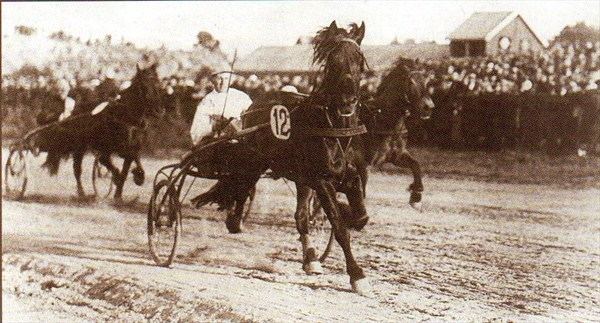Local time Sunday 12:41 AM | ||
 | ||
Weather 4°C, Wind SW at 11 km/h, 100% Humidity | ||
Tjølling is a former municipality in Vestfold county, Norway. Tjølling was established as a municipality January 1, 1838 (see formannskapsdistrikt). Together with Brunlanes, Stavern and Hedrum, it was merged into Larvik on January 1, 1988.
Contents
Map of 3280 Tj%C3%B8llingvollen, Norway
Location
Tjølling has a long coastline with many fine beaches and coves . Tjølling is also known as a popular holiday area. People from other parts of the country often spend their summer vacations there. Popular tourist sites include Ula and Kjerringvik. The coastline is a beautiful area; during the last Ice Age, this was where the end of the glacier polished the granite rocks, making them smooth and without any sharp edges. Boat lovers often travel the fjords and spend time on the islands.
History
Tjølling is the site of one of the oldest Viking Era settlement within Scandinavia. Kaupang was a big trading centre for the Vikings. There have been several earlier archaeological surveys and excavations at Kaupang. In 1867 Antiquarian Nicolay Nicolaysen mapped one of the grave-fields around the former town and excavated 79 grave mounds. He uncovered a cremation cemetery, largely dated to the 10th century. Charlotte Blindheim (1917-2005) started excavating in 1947 and completed her last publication in 1999. In 1997, Dagfinn Skre and his associates from the University of Oslo undertook a new program of work at Kaupang followed by a large excavation that ran over three years, from 2000 till 2002. Most recently it has been the site of post-excavation work conducted by the University of Oslo.
Tjølling Church
Tjølling Church (Tjølling kirke) at Larvik in Vestfold was originally constructed as a medieval stone churchin the 12th century. The church was hit by a fire in 1360 and was then rebuilt. An earthquake damaged the church in the 1750s. It was rebuilt from 1762 to 1767 as a Romanesque church with interiors from different eras. The restoration in 1860 gave Tjølling church its present appearance.
Name
The site was apparently the location of a Thing for the district long before the introduction of Christianity. The municipality (originally the parish) is named after the old church site (Tjølling kyrkje). The Old Norse form of the name was Þjóðarlyng. The first element is the genitive case of þjóð f 'crowd of people; assembly', the last element is lyng n 'heather' (here in the sense 'heath, moor').
